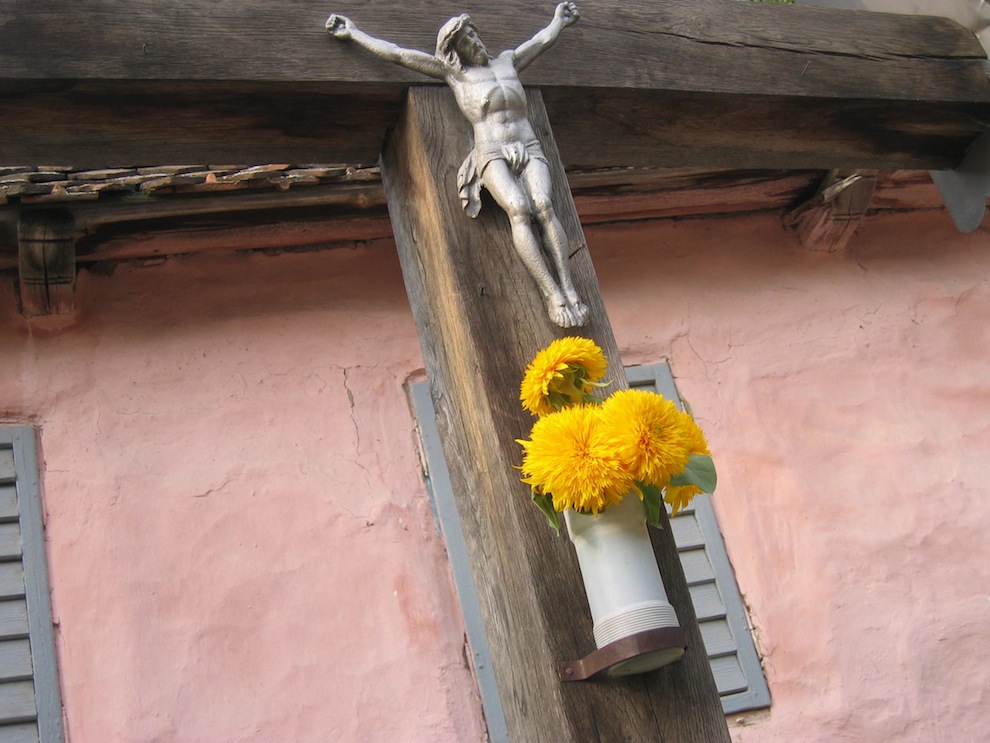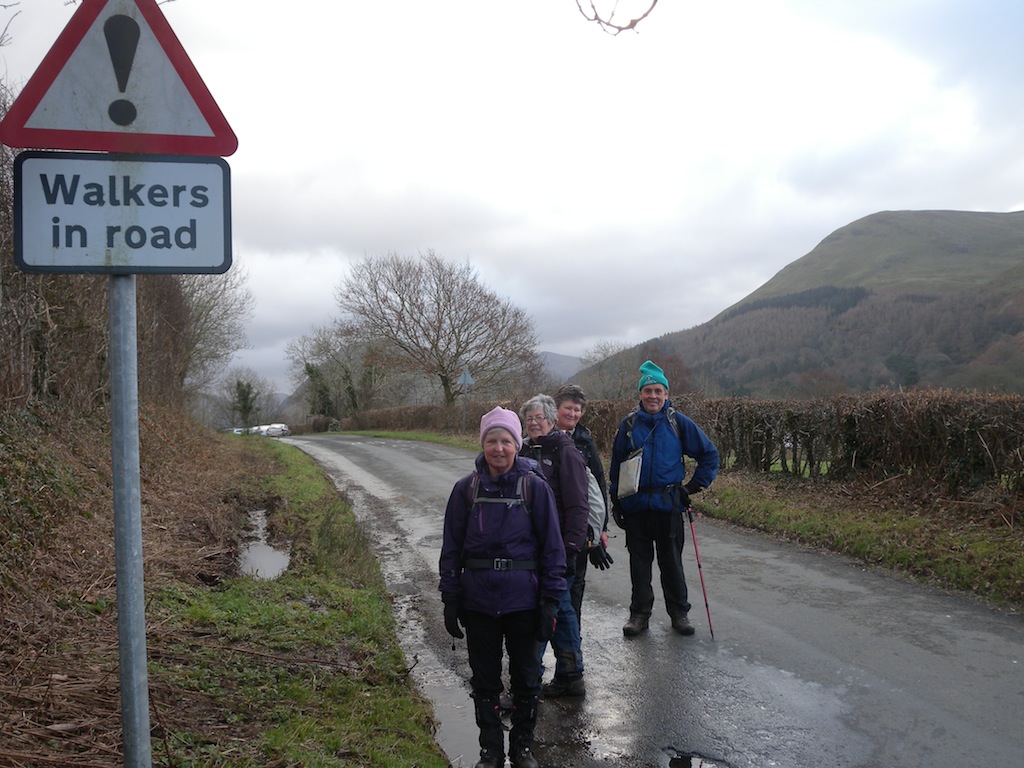Abdul probably has the best legs in La Paz.
As he strides around the de facto Bolivian capital in his kilt – a tartan from the Steward clan borrowed from a Scottish friend – he attracts attention not only for unusual attire, but also for his finely-crafted calves.
Then again, Abdul Aspiazu is not your typical 25-year-old Bolivian man about town.
As the first Bolivian dance enthusiast to join the Las Paz Scottish Dancing Group three years back, he is now more likely to be found dancing a highland fling than salsa-ing the night away in a steamy Sopocachi nightspot.
“I travelled around Scotland with my grandfather when I was 17 and fell in love with the Celtic culture: the music, the countryside, the whisky,” he smiles, adjusting his sporran.
“When I heard an advert on the radio for new members to join a Scottish dancing group here in La Paz, I had to give it a go.”
[Photo via VisitScotland.com]
Every Saturday afternoon a 20-strong group of European ex-pats and local Bolivians gather at a ballet school near La Paz’s Plaza Espana for a two-hour dance session. With a shared love of Celtic music and a token contribution of five Bolivianos (about US$0.75), the group is growing fast.
With Burns Night [pictured above] this weekend, the group will be out in force.
“We have seen the Bolivian membership grow dramatically since the political turmoil of last year,” explains Valerie Mealla (nee Black), a native of Sterling, who leads the practice sessions.
“Bolivians love to dance and, while Scottish dance involves complicated routines, I’m constantly amazed how quickly the locals pick them up.”
With anti-gringo feeling running rife since a popular uprising unceremoniously dumped the previous US-backed Bolivian president in October 2003, the social aspect of these weekly sessions provides a means to foster mutual understanding and tolerance between La Paz’s small foreign community and local Bolivians.
“Dancing provides a great medium for solidarity and friendship,” says Valerie, casting a beady eye over attempts to master a new routine.“Despite the country’s political divides, we all support each other. For us, the music and love of dancing provides a common language.”
It’s also tremendous exercise. Given that La Paz is one of the world’s highest cities at 3,600m, the sessions can bring a whole new meaning to ‘out of puff’, even for those well-prepared for the effects of altitude sickness.
Regardless, the group last year broke the record for the world’s highest Scottish traditional dance, performing a Dalkeith Strathspey (a slow dance) at the Chacaltaya ski resort outside La Paz – an altitude of 5,260m above sea level.
The Guinness Book of Records refused to acknowledge their achievement but, undeterred, the group is now planning a trip to the Scottish Highlands.
“I like dancing and I like the music,” says the group’s youngest member, eight-year-old Erika Guerra of La Paz’s Miraflores district.
“I want to go to Scotland and eat haggis.”
Back on the dancefloor, the group are attempting a Burns Hornpipe routine. Valerie shakes her head wearily: there’s a lot of practice needed before the group is ready for its next performance at an Anglo/Bolivian fiesta.
After practice, as night temperatures plunge across the Bolivian Altiplano, the members bid their farewells in a mix of English and Spanish.
Abdul pulls on his boots and strides out into the La Paz night.
“We all take the dancing and the traditions of Scotland very seriously,” he winks, sinewy calves glistening in the moonlight.
“That’s why I’m not wearing any underwear.”
This article was first published in the Weekend FT in January 2004. Liked this? Try also In the footsteps of Che Guevara in Bolivia.
What did you think of this story? Post your comments below.


